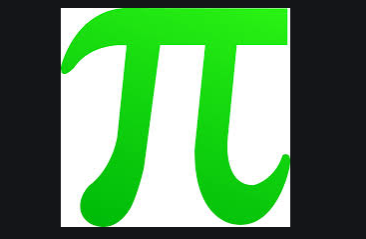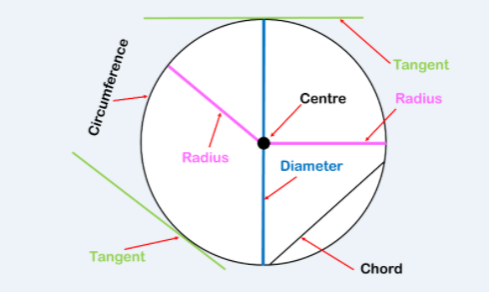
WEEK 3: UNDERSTANDING THE PI
HOW DOES THE TOTAL DISTANCE AROUND A CIRCLE COMPARE TO THE LONGEST DISTANCE ACROSS IT?
A. Materials needed:
- Meter rule;
- Pencil and Paper;
- Non elastic thread;
- Toilet roll stick (or any circular object)
B. Instructions:
- Wrap a piece of thread around the roll stick;
- Measure the minimum length of the thread required to go around the roll once;
- Externally trace the circlular end of the roll onto the paper to form a circle;
- Locate the center of this circle and measure the distance across it, through the center;
- Divide the value in Step 2 by the value in step 4;
- Record your answer
SO HOW DOES THE DISTANCE AROUND A CIRCLE COMPARE TO THE LONGEST DISTANCE ACROSS IT?
First let us learn the parts of the circle 🙂 – The total distance around a circle is called its circumference. The longest distance across the cricle is always found to pass through the center; a distance from one part of the circle to the other which passes through the center is called the diameter. A distances from any part of the circle to the center is the radius (plural radi). You will find that the radius is half of the diameter. The chord is a line drawn from one end of the circle to the other but which does not pass through the center.
In this experiment, you will realise that your final value does not change irrespective of the size of material you choose as long as it is circular. This is because the ratio of circumference of any circle to its diameter is a constant. If you carried out the experiment very carefully – perfectly locating the center of your circular object, and accurately taking all other measurements – your answer will be approximately 3.142 (3 decimal places). This value is called the pi.
So what exactly does the pi tell us about a circle. The pi basically means that for every circle it will take 3.142 times longer to go around a circle as it would to travel the longest distance across it. You will observe that the pie appears in the formulae for the area of any figure that has any form of a circular part or extension.

TAKING IT FURTHER
Replicate this experiment for two other circular objects of different sizes and calculate the mean value for the three outcomes. Calculate the difference between your value and 3.14. Now calculate that difference as a percentage of 3.14. This gives you the percentage error of your experiments
